Are you ready to elevate your IT Strategy to the next level?
As a boutique consulting firm, we offer personalized attention and tailored service without the overhead of a large firm. Contact us today to discuss your specific needs and explore how we can help you achieve your goals.
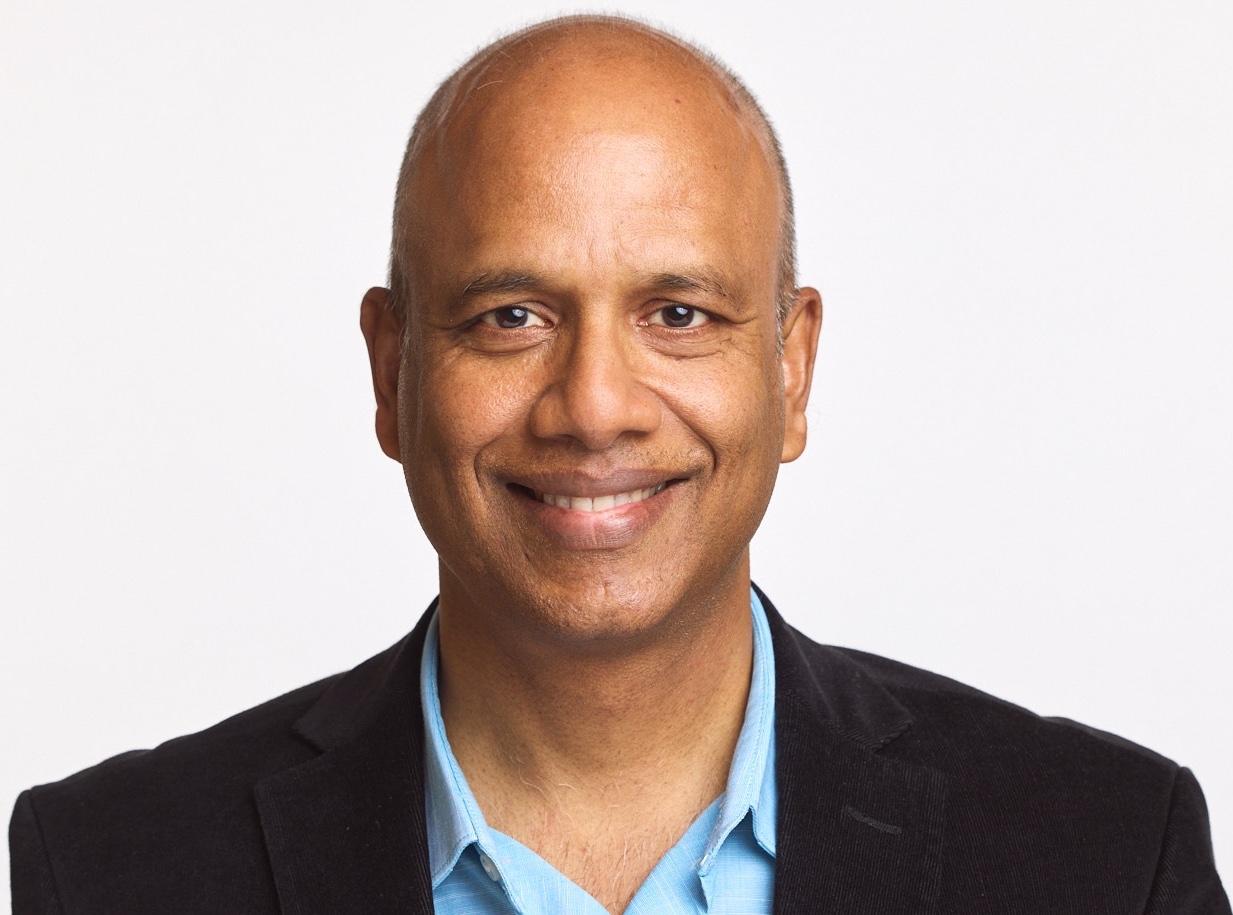
Rajesh Jaluka
Founder, CTO
Chief Technology Officer, oversaw a $1.3 billion business. Delivered $89M in productivity gains, lowered cybersecurity risks by $62M, and led several $100-350M Enterprise IT modernization strategies and solutions. Drove strategic global initiatives through implementation and adoption. Nurture talent to enhance their skills and career trajectories.

Dr. Naresh Nayar
CTO
Ex-IBM Distinguished Engineer and Vice-President. Led transformation of a multi-hundred-million-dollar ERP managed services business. Led architect of IBM systems PowerVM virtualization, the Power business is a multibillion-dollar business for IBM. Designed and launched the IBM PowerVS offering, which resulted in hundreds of millions in revenue. Experienced outcome based mentor and coach.
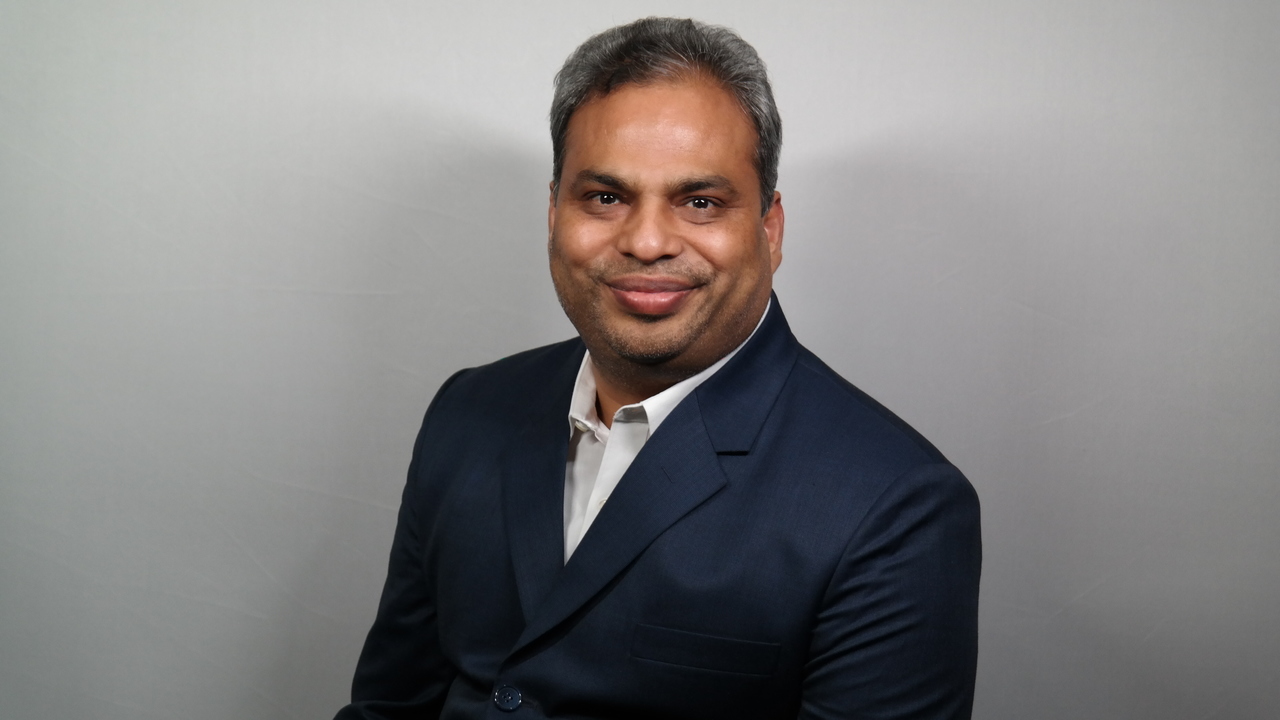
Jaswant Singh
CTO
Former Chief Technology Officer (CTO) at IBM and Kyndryl for US Financial Services, with over 25 years of experience in applications, data, cloud, and integration. Successfully drove enterprise modernization, generating over $960 million in global revenue across platforms such as Azure, AWS, GCP, OCI, IBM Cloud, VMware, and Red Hat. Founder of StrategiesTool.com and Suchna.com, and holds graduate degrees from IIT Bombay and George Mason University.

Unlock Greater Value and Accelerated Growth with Strategic IT
Outcome-driven technology consulting and coaching.
Business Outcomes from Strategic IT
In today’s hyper-competitive world, adopting technology is not sufficient, it requires a transformative mindset to continuously achieve streamlined operations, frictionless engagement, and collaborative innovation with Lines of Businesses to outmaneuver the competition.
- Increase revenue through digital engagement with customers and supply chain participants.
- Increase agility with faster time to market, cross-functional collaboration and workflow automation.
- Lower operating cost with lean IT, lower risks, and automated compliance.
Lower Operating Cost with Cloud Computing
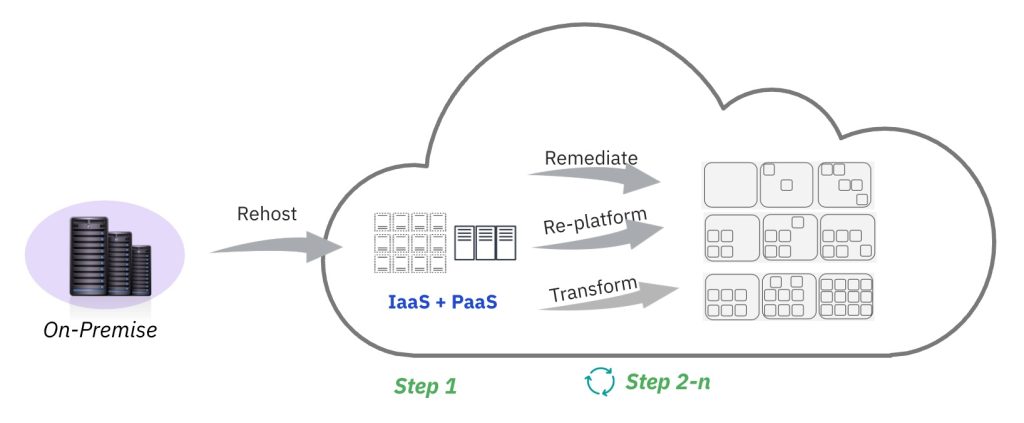
Business Challenge: This customer had a) significant IT infrastructure with low CPU utilization, b) about one-third systems that were running on end-of-life hardware and software, c) storage that was regularly running out of capacity, and d) difficultly attracting and retaining technical experts.
Outcome: a) Reduced compute and operating cost, b) reduced security risks, c) improved service availability, d) enhanced customer experience with accelerated innovation.
Approach: A variety of approaches were taken depending upon the workload e.g. a) Right-sized resources, utilized auto-scaling, and automated shutdowns and restarts to maximize on-demand nature of cloud, b) refactored systems to Container platforms, c) decommissioned unused and duplicate systems, d) migrated some home-grown systems to SaaS platforms, and e) re-platformed database and middleware components to cloud-native PaaS solutions.
Strengthen Application Security to Reduce Cybersecurity Risks
Business Challenge: The dev team for this managed service provider was passing the responsibilities to secure applications completely to the operations team. The operations team did not have in-depth understanding of the system to address major vulnerabilities. The executive leadership also felt exposed to imperceptible risks.
Outcome: a) Lowered operations cost with improved efficiency, b) demonstrated eligibility for cybersecurity insurance, and c) passed regulatory compliance audit.
Approach: a) Integrated secure engineering practices across the entire application development lifecycle, b) Consistent and codified practices to remove friction and increase collaboration, and c) Cultivated security-first mindset.
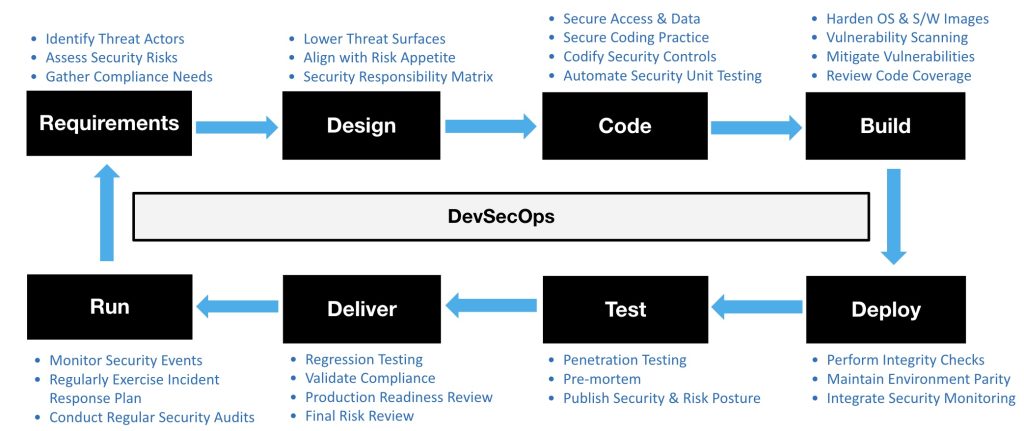
Improve Reliability of Mission-Critical Applications
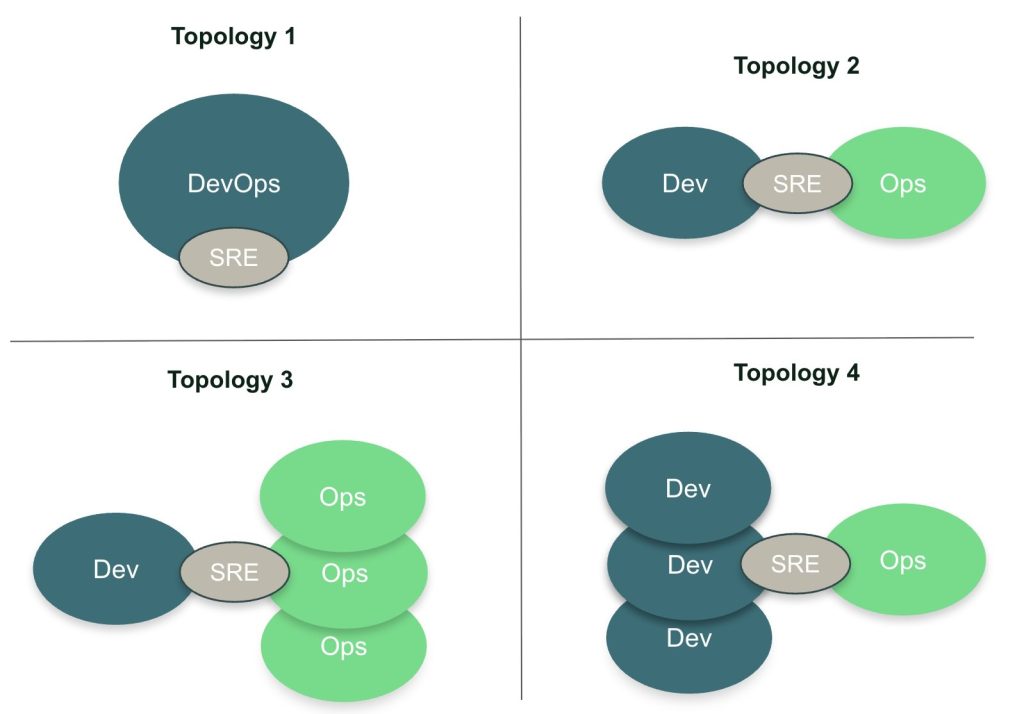
Business Challenge: This SaaS provider has multiple applications for healthcare organizations. These applications were plagued with issues like slow performance, stability, and scalability which were affecting the experience of the patients and caregivers.
Outcome: Reduced application down-time, check-in delays, hold-time for customer service, etc.
Approach: a) Introduced cross-functional squads and Site Reliability Engineers, b) Aligned DevOps topology to application architecture and support model, c) Probed the end-to-end user journeys to identify observability gaps, d) Established methods to continuously address technical debt, and e) Monitored and measured Service Level Objectives (SLO) to ensure successful business outcomes.
CTO Services
Below are some examples of services we offer. We will customize based on your needs.
Enterprise IT Strategy
A. Diagnosis and Assessment of IT Strategy
B. Workshop to Create / Update IT Strategy
C. Execute Strategic Initiative
D. Mentoring and Coaching
IT and Business Resiliency
1. Modernize Disaster Recovery
2. Mature Business Continuity
3. Increase Service Reliability and Availability
4. Ransomware Protection
Cybersecurity
1. Business Impact Assessment
2. Threat Modeling
3. Future state design
4. Lead implementation
Optimize Engineering and Operations
1. Improve collaboration and release velocity (Agile)
2. Streamline Development and Operations (DevOps)
3. Secure Engineering Practice (DevSecOps)
Enterprise Ready AI
1. AI Governance for Safe and Responsible Use
2. Data Lifecycle Management & Governance
3. Local AI
Our Experience
We have held various c-suite leadership roles and bring practical experience driving strategic reliability initiates for various sized organizations across many industries. Our passion for learning has kept us moving to new roles, exploring new challenges. This has given us exposure to many aspects of running an enterprise-scale business.
- Proven Results – Track record of delivering significant business outcomes.
- Deep Expertise – Experience leading global and organizations in multiple industries through transformation.
- Change Management – Steered large teams through culture change, technology adoption, and continuous improvement.

“Your leadership in bringing a large team together and aggressively driving the timeline enabled us to resolve a major contractual and compliance issue.“
VP, Government Services

“You have always challenged the status quo in a positive way and brought innovation to drive change.”
VP, Architecture services

“You were brought into a challenging situation. You analyzed the complex requirements and provided reasonable solutions.”
Sr. Architect, integration services
Our Approach

Business Outcome
Often times organizations latch on to an idea or a solution without clearly defining the outcome they are seeking. We help you define your outcomes first and then work your way back to determine how to achieve them.

Agile Philosophy
Every organization has a pace at which it works. But its culture holds it back from increasing its velocity. We coach your teams to break down the deliverables into incremental and measurable chunks.

Exponential Growth
Creating a culture where teams are aligned on outcomes and are obsessed with delivering measurable results to drive exponential growth.